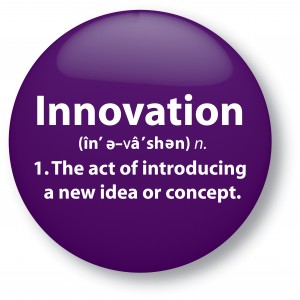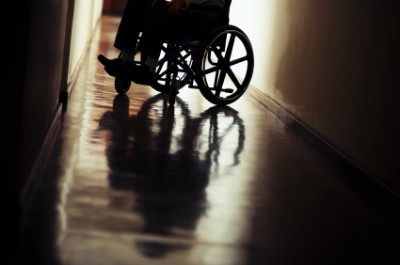 Be honest. The last time you sat in traffic, were you thankful for the fact that you had a car to drive and money for the gasoline to run it? My guess is that wasn’t your first thought. If you are like me, you were wondering how late you will be for your appointment or asking yourself how you got in this mess to start with.. darn it!
Be honest. The last time you sat in traffic, were you thankful for the fact that you had a car to drive and money for the gasoline to run it? My guess is that wasn’t your first thought. If you are like me, you were wondering how late you will be for your appointment or asking yourself how you got in this mess to start with.. darn it!
Negative attitudes eat at you from the inside. Can we change that? Absolutely we can! Drs. Blaire and Rita Justice reported for the University of Texas Health Science Center, “a growing body of research shows that gratitude is truly amazing in its physical and psychosocial benefits.” Other studies have concluded that the expression of gratitude can have positive effect on our health and our moods. We CAN choose to be grateful!
We can change our attitude by upping our gratitude barometer. Choosing to smile, laugh and show appreciation to others are not complicated. And here’s the best part – when you do that, it actually makes YOU feel better. When you feel better you are happier and even healthier. Studies show that people who practice gratitude sleep better each night, report more satisfaction with their lives, feel more optimistic and more connected to others.
As we move into the season of harried chaos, we should all practice being grateful and see what happens. As caregivers, this season is can be especially stressful. Find a place to enjoy the simplicity of nature, practice deep breathing, slow down to enjoy your loved ones and be thankful for each moment you have with them.
The season of gratitude is upon us and what better time to change our attitude. Simple steps to a life of gratitude will change your life and those around you. Spend some time with an elder – they are some of the most grateful people I know.
 Some think compassion is an attribute reserved for people like Mother Teresa. But compassion isn’t just reserved for those who travel a moral high ground. Hospice care professionals cultivate compassion for when they are called to the bedside.
Some think compassion is an attribute reserved for people like Mother Teresa. But compassion isn’t just reserved for those who travel a moral high ground. Hospice care professionals cultivate compassion for when they are called to the bedside. The Message is clear. “We need more innovative, person-centered tools to help those who care for our elders, especially those with dementia.”
The Message is clear. “We need more innovative, person-centered tools to help those who care for our elders, especially those with dementia.”